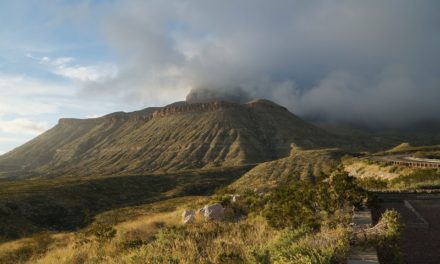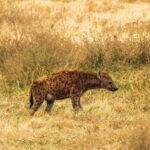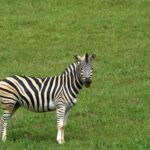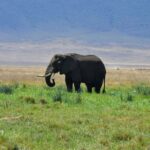Table of Contents
Overview / About the Park
Dry Tortugas National Park lies about 70 miles west of Key West, Florida, in the middle of the Gulf of Mexico. It’s one of the most remote national parks in the U.S., reachable only by boat or seaplane.
The park spans 100 square miles, mostly open water with seven small islands. It’s famous for its turquoise waters, coral reefs, marine life, and the historic Fort Jefferson, a massive 19th-century coastal fortress built from over 16 million bricks.
The park feels like a step back in time a mix of history, tropical beauty, and untouched wilderness in the middle of the ocean.
Wildlife & Nature
Dry Tortugas is home to thriving coral reefs and clear blue lagoons that support hundreds of fish species, including parrotfish, snapper, barracuda, and angelfish.
The surrounding waters shelter sea turtles, nurse sharks, and spiny lobsters, while the islands serve as nesting grounds for sooty terns, brown noddies, and frigatebirds some of the most significant breeding colonies in the Caribbean.
The area also hosts rich seagrass beds, coral formations, and mangrove shallows that make it vital for marine biodiversity.
Experiences & Activities
- Snorkeling & Diving: The coral reefs near Garden Key and Loggerhead Key are among the most vibrant in Florida. Explore underwater walls, coral heads, and shipwrecks like the Windjammer.
- Fort Jefferson Tour: Walk through the old fort’s brick walls, tunnels, and cannons while learning about its Civil War and maritime history.
- Kayaking & Swimming: Paddle through calm lagoons or swim off the beaches near the fort.
- Birdwatching: Spring (April–May) brings massive migrations, turning the islands into a birder’s paradise.
- Camping: Garden Key offers limited primitive campsites with sea views an unforgettable way to spend a night under the stars.
Best Time to Visit
The best time to visit is November through April, during the dry season.
Weather is warm but not humid, and seas are calmer for snorkeling and ferry travel.
The wet season (May–October) brings tropical heat and potential storms but also lush green surroundings and active marine life.
How to Reach & Park Entry
- Access: The park is only reachable by ferry, private boat, or seaplane.
- Yankee Freedom Ferry from Key West takes about 2.5 hours each way.
- Key West Seaplane Adventures offers scenic flights around 40 minutes each way.
- Entry fee: $15 per person, valid for 7 days. Ferry and flight packages typically include the entry fee.
- Permits: Required for overnight camping; reservations must be made well in advance.
Where to Stay / Camping Options
- Camping: Primitive camping on Garden Key just 10 sites available on a first-come basis. No freshwater, electricity, or shops, so campers must bring everything.
- Nearby Lodging: Stay overnight in Key West if not camping. Many travelers choose day trips instead of overnight stays.
Travel Tips / Safety Notes
- Bring all essentials, including water, food, and camping gear there are no services on the islands.
- Respect reef and wildlife protection zones touching coral or collecting shells is prohibited.
- Weather can change quickly always check conditions before your ferry or flight.
- No cell service in the park; let someone know your travel plans.
- Sun is intense wear reef-safe sunscreen and protective clothing.
Packing List
- At least one gallon of water per person per day
- Lightweight, breathable clothing and hat
- Reef-safe sunscreen
- Snorkel gear and water shoes
- Snacks or packed meals
- Camping gear (if staying overnight)
- Flashlight or headlamp
- Waterproof dry bags for valuables
- Camera or GoPro for underwater shots
- Binoculars for birdwatching
Visitor Statistics
Dry Tortugas National Park welcomes around 60,000–80,000 visitors per year, making it one of the least visited national parks due to its remote location. Most come by ferry for day trips, while only a small number camp overnight.
Conservation & Responsible Tourism
The park protects one of the most pristine coral reef systems in North America.
Efforts focus on marine life monitoring, coral disease research, and reef restoration.
Visitors can help preserve this fragile ecosystem by:
- Using reef-safe sunscreen and avoiding physical contact with coral.
- Packing out all trash.
- Following park and boating rules.
- Respecting nesting birds and turtle areas.
Dry Tortugas is a rare kind of wilderness peaceful, remote, and deeply beautiful. Whether you’re swimming above coral gardens or exploring the walls of Fort Jefferson, it’s a reminder of how isolated places can still feel alive with history and color.












